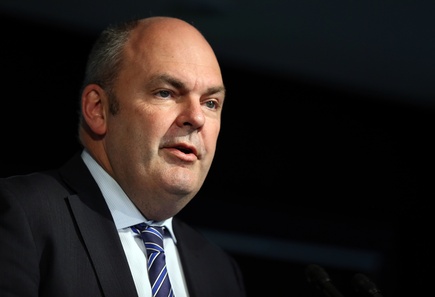Papua Nueva Guinea: wants semester back
Papua Nueva Guinea/Junio de 2016/Papua Nueva Guinea Education news
Resumen: Ministro de Educación Superior Malakai Tabar dice que el (UPNG) Claustro de la Universidad de Papua Nueva Guinea está trabajando en la mejor manera de traer de vuelta el primer semestre e iniciar el segundo semestre en la fecha prevista.
Tabar dijo esto durante el turno de preguntas en el Parlamento ayer al tiempo que responde a la oposición adjunto . la pregunta de líder Sam albahaca si se eliminaran los dos semestres de este año académico
HIGHER Education Minister Malakai Tabar says the University of Papua New Guinea (UPNG) senate is working on how best to bring back the first semester and start the second semester on schedule.
Tabar said this during question time in Parliament yesterday while responding to deputy opposition leader Sam Basil’s question if the two semesters for this academic year were removed.
Basil said this was the concern for most parents.
Tabar said: “Semester one is on suspension but they (UPNG) senate) will bring it back.
“They (senate) need to organise themselves, within the university and various lecturers and groups to look at what they need to do remedial work on and then, they need to bring back semester.
“The students until now have no plans to return to classes, so semester one I can say, the university’s senate has met and suspended it, meaning they need to reorganise it for university to look at what they can do to save the different schools and faculties.
“Senate or academic board is an important group of people who need to decide on the future of the academic programmes at the university or institutions.
“The awareness and what goes on Facebook by faceless people is before the courts. “There is a court order. Tomorrow, court will hear this issue.
“If we go and ask them to interpret the law on the role of the senate, we are prolonging the schedule to complete and bring back the first semester.
“Parents, university (UPNG) has responsibility to look after the academic programmes for students. We cannot disturb it for our children but if only the students can listen and go back to school.
“Semester two is still there, we don’t want to derail it and bring it to Christmas. That is a time for break. We would want to finish semester two on the right schedule.”
Tabar said the students at the PNG University of Technology (Unitech) had promised to return to classes this week. He also said Sir Nagora Bogan remained chancellor of Unitech despite speculations on social media that he had been removed.
Fuente: http://edu.pngfacts.com/education-news/upng-wants-semester-back
Foto: http://edu.pngfacts.com/uploads/1/1/3/2/11320972/7325579.jpg














 Users Today : 30
Users Today : 30 Total Users : 35460293
Total Users : 35460293 Views Today : 40
Views Today : 40 Total views : 3419008
Total views : 3419008